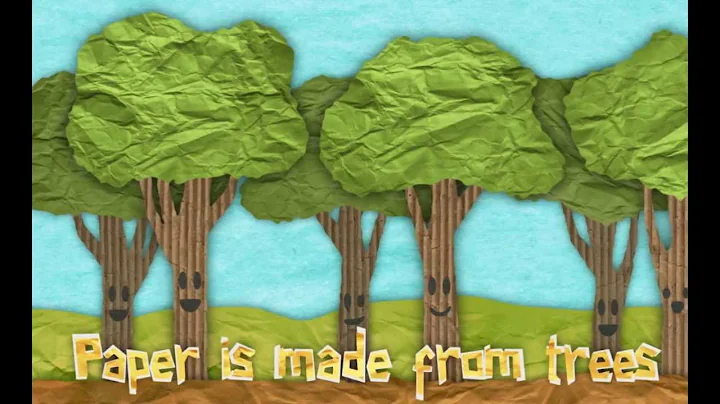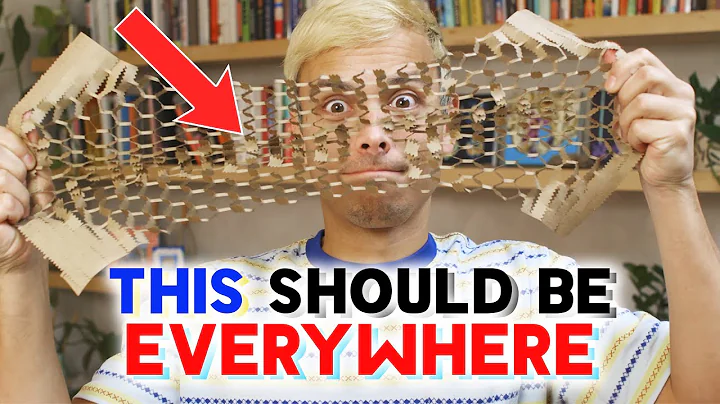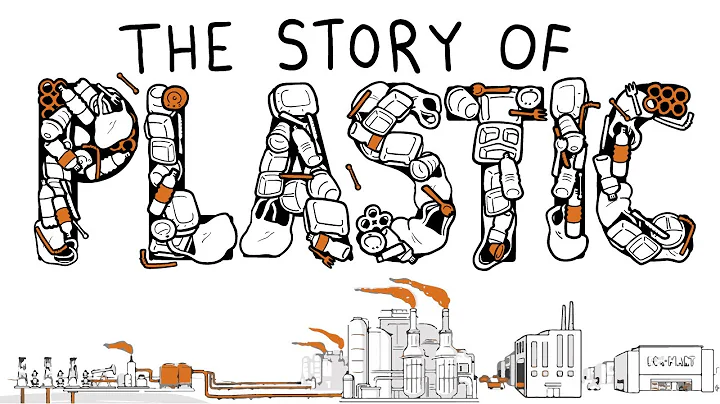design background
Let children be interested in the production and development of paper, let them understand the uses of various papers and understand their characteristics. Know how to save paper in daily life.
activity goals
1. Let children know that China is the first country in the world to invent papermaking. Papermaking is one of the four great inventions in ancient my country, and stimulate children's pride in being Chinese.
2. Through observation and experiment, let children know the characteristics and uses of paper, and educate children to save paper.
Key points and difficulties
The complex process and evolution of papermaking.
activity preparation
1. Various types of paper (white paper, newspapers, etc.)
2. Paper products (paper cups, decorative paintings, etc.)
3. Cai Lun portrait
4. Video (papermaking process)
5. Scissors, Water, glue, etc.

Activity process
Starting link:
Observe and experiment to understand the characteristics and uses of paper.
1. Observe the paper products and let the children discuss them while watching.
2. Question:
①The children just saw these toys, books, paintings, paper boxes, etc., what materials are they made of? What are the characteristics of paper?
(Summary: Paper is very light, easy to absorb water, easy to be damaged, and easy to damage. Burning; paper can be folded, crumpled, and shredded, so be careful when using paper products)
②What is paper used for? Which papers have you used?
(Summary: There are many types of paper, the commonly used ones are wax paper , crepe paper , drawing paper, rice paper , writing paper , etc. Paper is very useful. Paper is needed for writing, drawing, packaging, etc. We cannot study, live and work without scripture paper)
Basic links:
1. Who invented paper? When did paper exist? (Let the children talk for a while and then the teacher tells the children)
2. Compare and talk to understand some simple evolution processes of paper.
Teacher: Now we have paper, we write on paper, and use paper to print books. But a long time ago, before paper was invented, where did the ancient people write the words? (Let the children discuss it, and then drive it out of the turtle shell. , bamboo slips, cloth)
1. Introduce the turtle shell. Our ancestors carved words on the bones or shells of animals to remember events. (The article and chapter are from Teacher Qu’s teaching website) But. Is this convenient? Why?
(Let the children touch the turtle shell with their hands, knowing that the bones and turtle shell are very hard and need to be carved with a knife, which is inconvenient)
2. Introduce the bamboo slips. Later, ancient people found a way to write words on bamboo pieces, and then connected the bamboo pieces with ropes to turn them into a book. (Show a book and let the children weigh the bamboo slips and the book with their hands to compare.) Which book is better? What are the advantages?
3. Introduce the cloth. Later, ancient people used their brains to write words on cloth. Compared with oracle bones, , and bamboo slips, which one is better? What are the advantages? Compared with cloth and paper, which one is better? Why?
Comparing the advantages and disadvantages of turtle shells, bamboo slips, and cloth as writing materials, let children know about ancient Chinese people He is diligent and smart, and each solution he comes up with is better than the last.
3. Introduce Cai Lun and papermaking.
(Showing a portrait of Cai Lun) Cai Lun was an ancient scientist, and he was the inventor of paper. Teachers introduce to children how Cai Lun invented papermaking through stories. It focuses on the arduous process of how Cai Lun used his brain, thought of ways, overcame many difficulties, and finally invented paper.
Play the video to children so that they can have an intuitive feeling.
Cai Lun invented papermaking, and China had paper. At that time, foreigners did not know how to make paper. They could only write on sheepskin and leaves. Later, our Chinese papermaking technology was spread to North Korea and Vietnam.Japan and many other countries. Therefore, China is the first country to invent papermaking.
In the past, we made paper by hand, but now we use machines to make paper. Scientists continue to create inventions. Papermaking technology is becoming more and more advanced, and various types of paper have been produced. (The teacher shows some different types of paper and asks the children to name them)
Ending link: Little designers.
1. Discussion: After listening to the story of Cai Lun making paper , what do you think? If you were a scientist, what kind of paper are you going to invent? (Encourage children to think about its uses and characteristics)
2. Homemade paper products
Supply Children can use a variety of paper and other auxiliary materials to make a paper product by cutting or folding them, or by combining them with drawing and cutting. Children are required to use their brains and do the same as others.
Finally, arrange the completed works in the activity room and watch each other.
3. Ask the children to collect various papers, cartons, calendars, etc. after they go home, and work with their parents to design and make paper products, which can be placed at home or given to the children for others to watch.
Teaching Reflection
Children are very interested in this class. This discovery of ancient Chinese civilization cannot be fully accepted by the children. This is indeed the focus and difficulty of this class. The children are very willing to learn about various types of paper. I am willing to use it when doing handicrafts and know the characteristics of various papers. The teaching goal has been initially achieved. There should be more extension activities after class to fully stimulate children's interest and better grasp the content of this lesson.





















